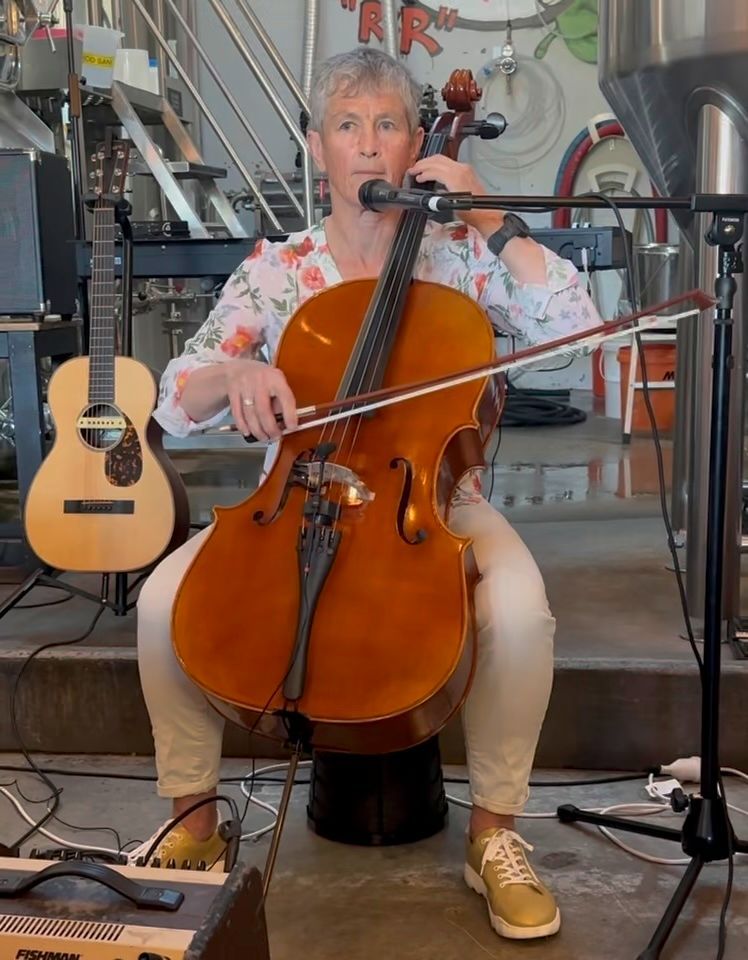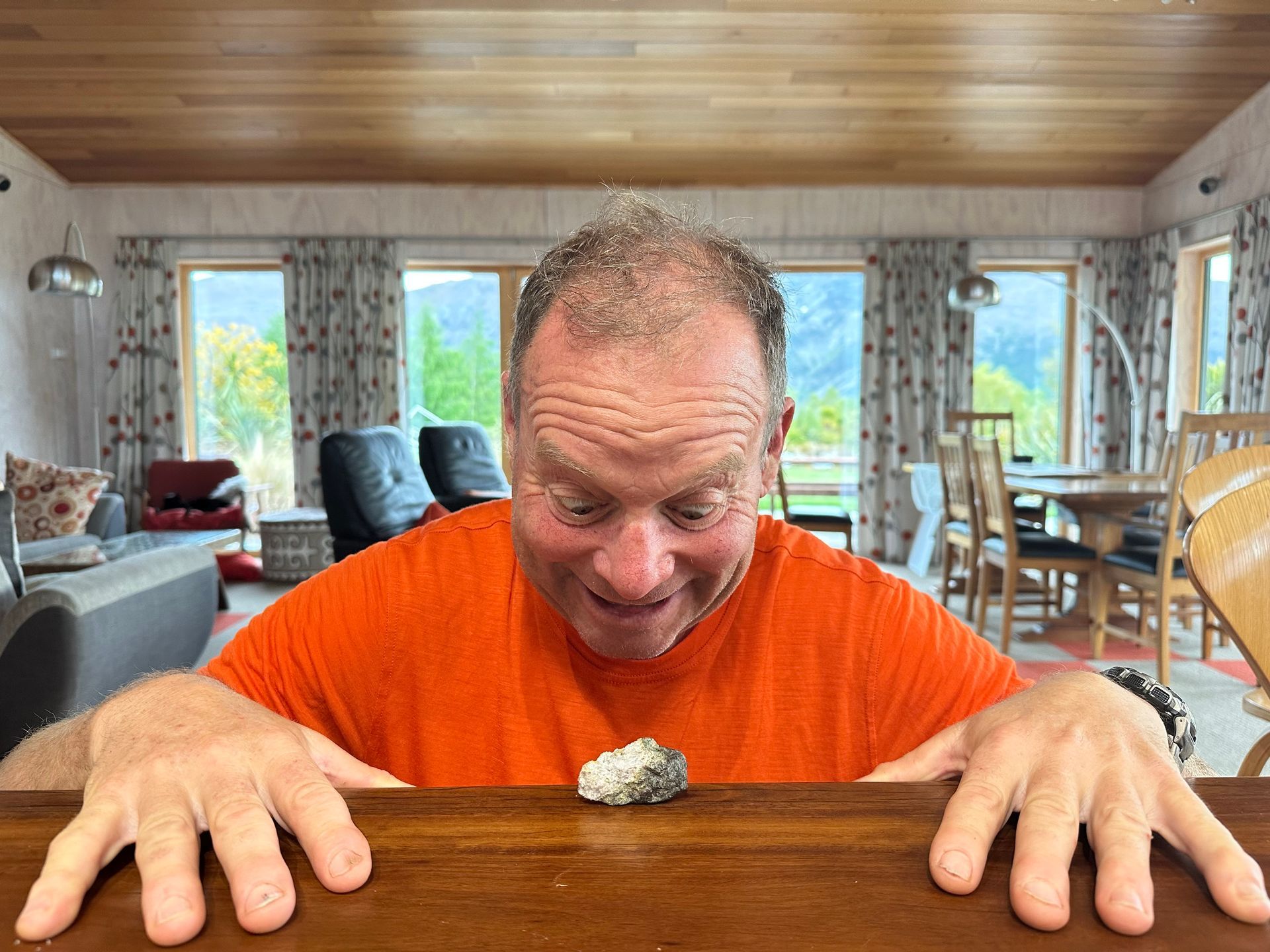Opening the door?

New Zealand has finally set a date to start opening the door to the rest of the world. Only a little bit of door at first, but it’s a start. I am also keeping a grain of salt in my head to take this announcement with because we had a similar announcement in 2021. Then the dates got pushed back when Omicron reared its mutated and inconvenient spikes. Now our government says that we will allow the following people to enter and self-isolate (for the same length of time as the NZ requirements for COVID exposure as the time of entry, currently 10 days) as long as they have a negative pre-departure test for COVID and are fully vaccinated. Anyone else will still have to go through MIQ, which will be subject to restrictions.
- 27 February : NZ citizens and residents from Australia.
- 13 March : NZ citizens & residents & their families, skilled workers, working holiday travellers from anywhere in the world.
- 12 April : Offshore temporary visa holders and 5000 international students from anywhere in the world.
- July 2022 : People from Australia, other countries who do not need a visa and with Accredited Employer Work Visa status.
- October 2022 : People under all visa categories .
This timeframe both seems exciting and awfully drawn out (particularly if you are a tourism business). Won’t our Omicron peak have come and gone by April? After the peak (with its supply chain and health care issues), what exactly are we waiting for? If a new, more lethal COVID variant comes along, all bets will be off on our borders anyhow. I can see the government’s point about the numbers of people with COVID hitting our border being a substantial number compared to current community transmission (see the graph below), but won’t that become a moot point in a couple of months? Either there will be lots of people with Omicron or, if there are not, it will mean our vaccination levels are suppressing infections so presumably we don’t need to be overly concerned with bringing in infected people, as they won’t cause much spread.
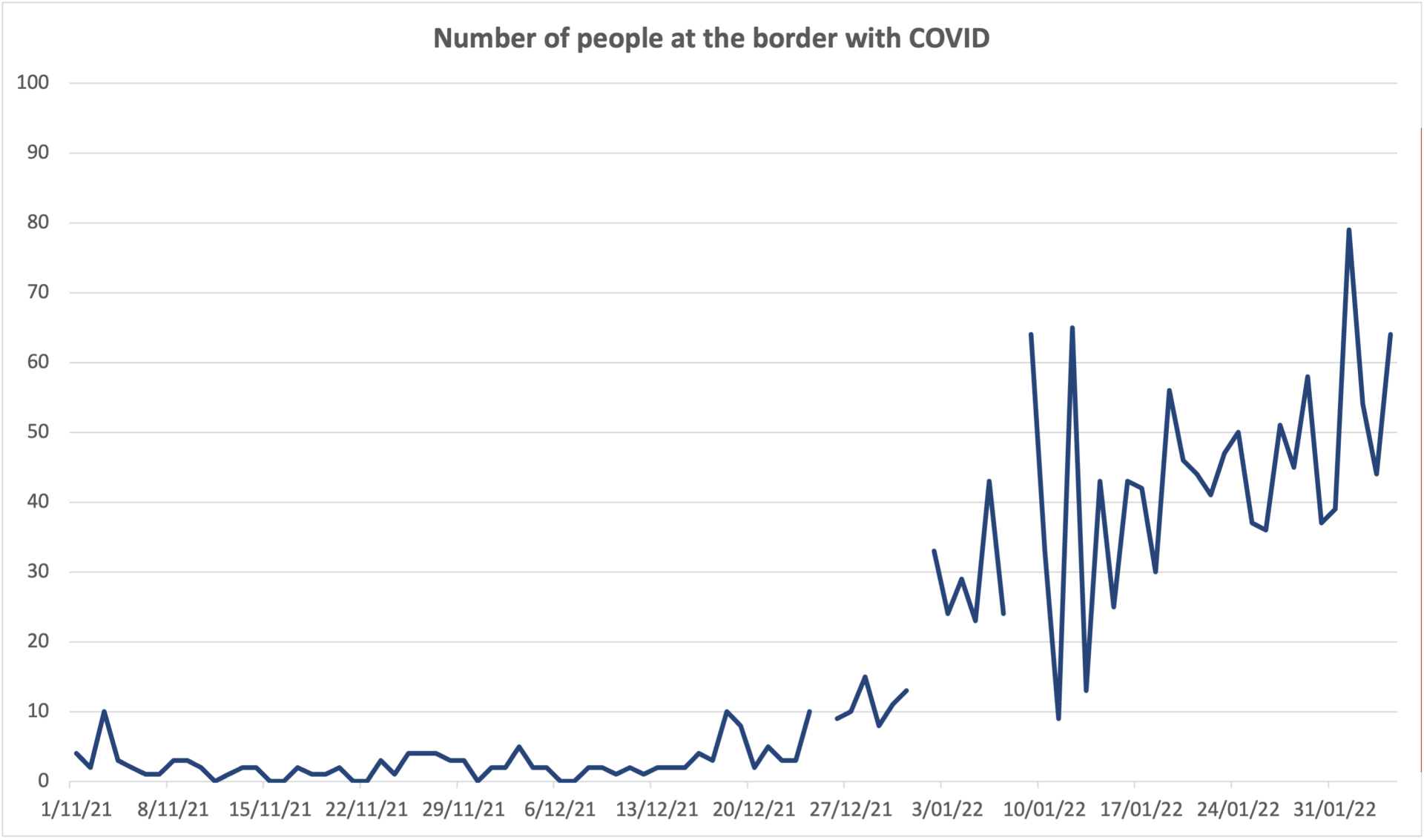
I tried to find out which countries still have severe border controls related to COVID-19 but it is quite difficult because there are no simple lists. Taiwan and China are still closed to most people other than nationals. North Korea isn’t letting anyone in, but it isn’t like they let many people in prior to COVID either. New Zealand is definitely way up there in the closed border stakes. As a result, we have achieved very low death rates from COVID-19 (53 total), and our excess mortality during the two years of the pandemic indicates that we have saved lives rather than losing lives through the pandemic (excess mortality refers to the numbers of people who died relative the average numbers of people who die each year). But the times they are a-changing.
Presumably minimising death (and illness) was, and remains, our overall goal as a country in relation to pandemic controls? The nature of our goal seems to get murkier over time as fewer people are dying from COVID. It is also made more murky because we are now in a world where deaths from COVID-19 are normalised, to some degree, in the way that deaths from influenza or pneumonia or car crashes are seen as normal. The main question is, how much death is normal?
We appear to be hypersensitive to COVID-19 illness and death, to a degree we most likely need to retreat from. I noted this the other night at dinner when I said that, once boosted (my 2 week mark post booster will come late this month), I would not take great care around socialising to keep myself away from Omicron. This does not mean I am going to rush out to Omicron parties, but I am not going to stay home either, unless our healthcare system is being compromised. If I am going to encounter Omicron, which seems inevitable, it might as well be when I have maximum immunity.
Someone at dinner pointed out to me that Omicron can be a pretty uncomfortable disease to get. However, influenza can also be very uncomfortable, and I didn’t previously notice people saying that everyone should stay home and be careful all winter. How bad is influenza? People can be laid up in bed for around a week with flu, although many are also asymptomatic. It is estimated that of the 200,000 New Zealanders who caught influenza each year prior to the COVID pandemic, >3,000 end up in hospital and 500 die. That’s about 1.5% of people who get flu being hospitalised with and 0.25% dying.
How does this compare with Omicron? We know that a lot fewer people are getting very sick and dying of Omicron vs Delta, around 1/3 the number. One source reports that , of people who get Omicron, 1% of vaccinated people are hospitalised and 0.7% of those with a booster are hospitalised. How about deaths? 0.05% unboosted and 0.03% with a booster. Note, I am not considering effects on the health system here of massive numbers of sick people, just considering my personal risk and the reaction of people to my not being ‘careful’. So, it seems I am less likely to be hospitalised or die from Omicron (given that I am vaccinated and will shortly have a booster) than I was to be hospitalised by flu. But warning people about flu was just not part of our conversational repertoire because the levels of flu illness and death was seen as normal, just like people don’t issue warnings every time you get in your car about the number of injuries and deaths resulting from car travel.
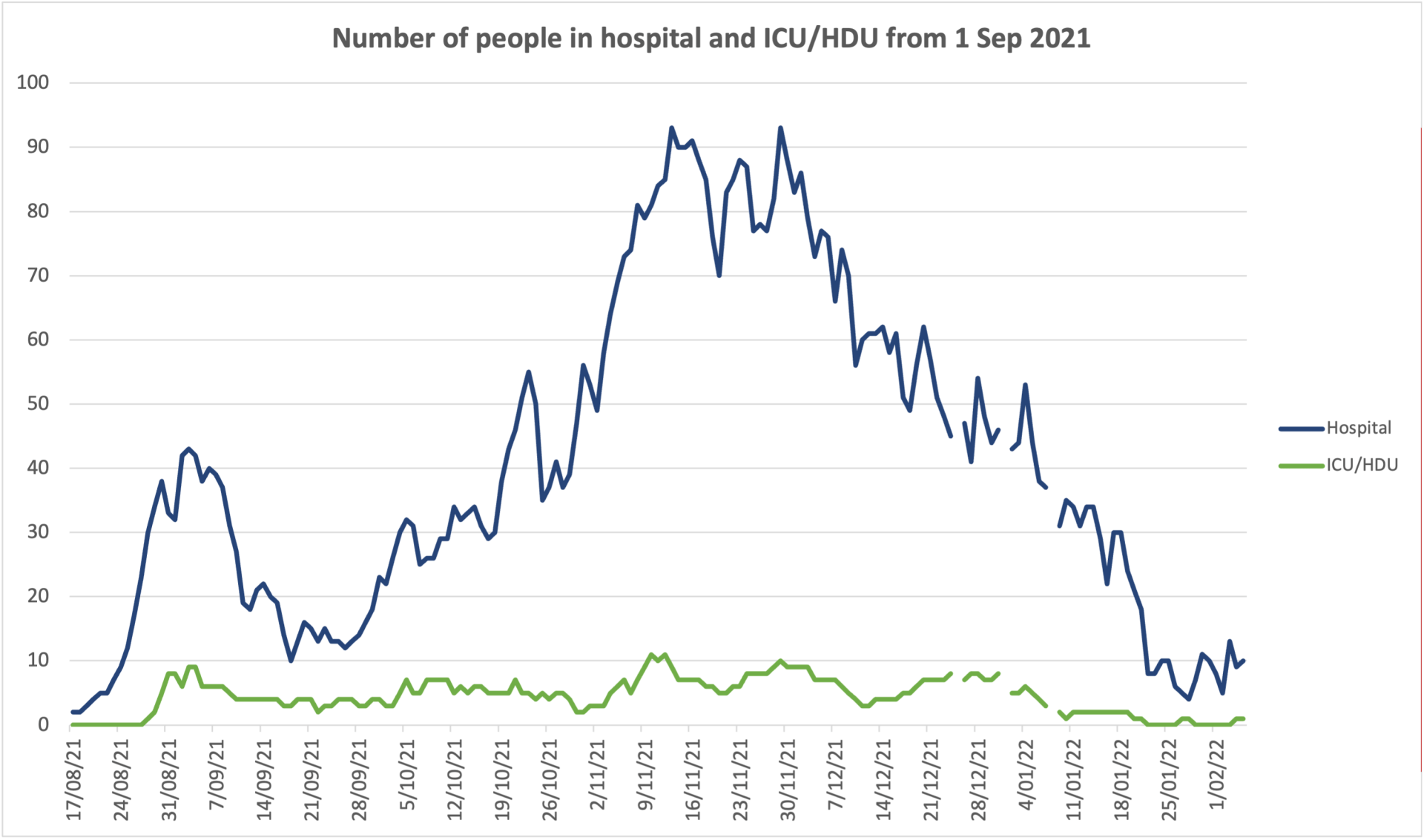
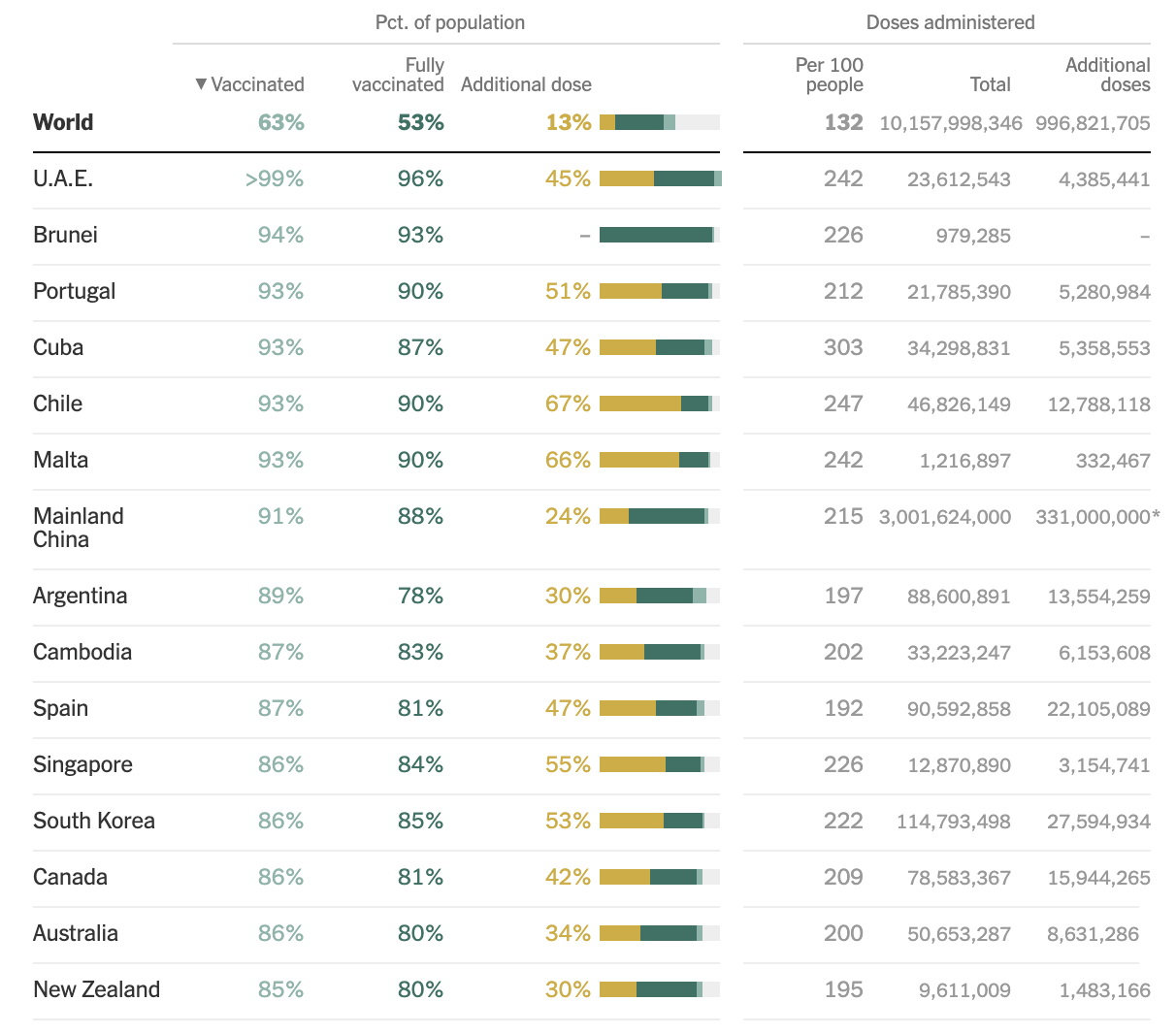
My conclusion is that, as individuals, and as a country, we are going to have to reset our brains in respect to the Omicron variant of COVID-19. Caution can be a good thing, but an excess of caution in the absence of strong evidence can lead to one hiding from the declining sabre-tooth tiger population until one dies of starvation.





